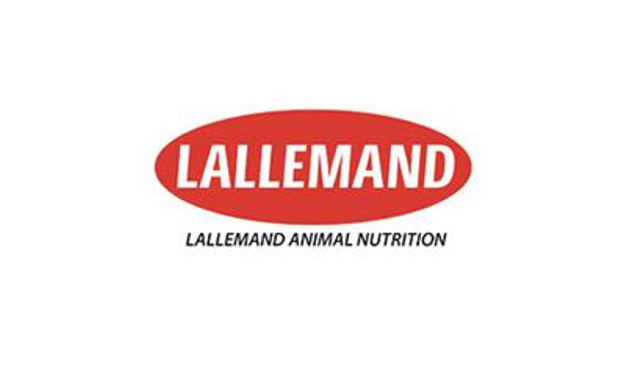



Brazilian dairy and beef farmers adapting corn forage strategies in a changing climate
Silo management and inoculent use crucial in changing timesWith the corn harvest in Brazil under pressure from adverse climatic conditions, dairy and beef farmers are revising their strategies for getting the best from their crops.
Most of the corn grown for silage in Brazil is flint type, due to its greater resistance to the pests and diseases associated with the country’s increasingly hot climate. However, one of the challenges with flint is its starch digestibility. By harvesting at the right time and using an inoculant, growers are ensuring greater yields and starch accumulation and better silage preservation.
Lucas Mari, Technical Support Manager of Lallemand Animal Nutrition South America, says farmers are adapting their harvesting and preservation methods as drought and flooding become more commonplace in Brazil.
“We are seeing the effects of the changing climate year on year, the weather is less stable than it was in the past,’’ he reports. “We have experienced drought for three years in succession in the south and this May, there was flooding.’’
“With pressure from weather conditions, farmers faced with these difficulties during silage production have to look at ways of preserving as much forage as they can and as best as they can.’’
It is not only quantity, but the quality of the forage that growers need to consider. Although the hot climate presents challenges, it allows opportunities too as farmers in southern and central Brazil can grow two crops in a single season, mostly soybean followed by corn.
Farmers are not only finding smart ways to adapt to different weather patterns, but are introducing methods to produce forage that will allow their cattle to gain maximum benefit.
One adjustment that farmers who buy corn from other growers are making is to purchase corn and sorghum grains when it is more available and at a better price and rehydrating this feedstuff, says Lucas.
The corn is ground and water is added – 400 liters to one tonne of corn – which helps improve the digestibility of the starch as time passes. “As the silo is closed the starch digestibility increases and, apparently, the flint corn and sorghum grains are more responsive to this improvement than the dent corn hybrids,’’ Lucas explains.
However, an issue with ensiling rehydrated corn grain is the potential for silage fermentation and aerobic spoilage, which result in feed losses and reduce the nutrient value of silage. It is now increasingly commonplace to use an inoculant to protect against this. This is important in countries like Brazil, where the hot climate makes it difficult to keep silages stable.
“Farmers are seeing that inoculants preserve more quality in the forage,’’ says Lucas. One of the major benefits of this is that their cows can maximise milk production from that forage, or beef cattle improve their gain. Cows that are presented with high-quality silage will consume more of it and those higher intakes improve performance.
The MAGNIVA range of inoculants are designed and independently proven to drive fermentation efficiently under a variety of conditions. “The better silage fermentation is controlled, the fewer losses and deterioration in feed quality,’’ says Lucas.
Heating and spoilage in the silo are significantly reduced when an additive is used, but MAGNIVA Platinum goes a step further, offering ready to use silage in the short term without decreasing aerobic stability and extended stability at feeding out along the way.
For many farmers, using an inoculant is standard in their systems, but others might use it only when growing and harvesting conditions have been more challenging.
Lucas suggests that this is the wrong approach. “A silage inoculant should not be used only as a fix when everything is going badly,’’ he says. “Using an additive when harvesting and silo compaction are going well is important too - it is a tool for improving silage either in a bad situation, or a good one.’’
There must be good silo management too, he adds. “Even forage in good silos is much more prone to deterioration after the silo is opened and that’s why an inoculant should be used in all situations.’’




